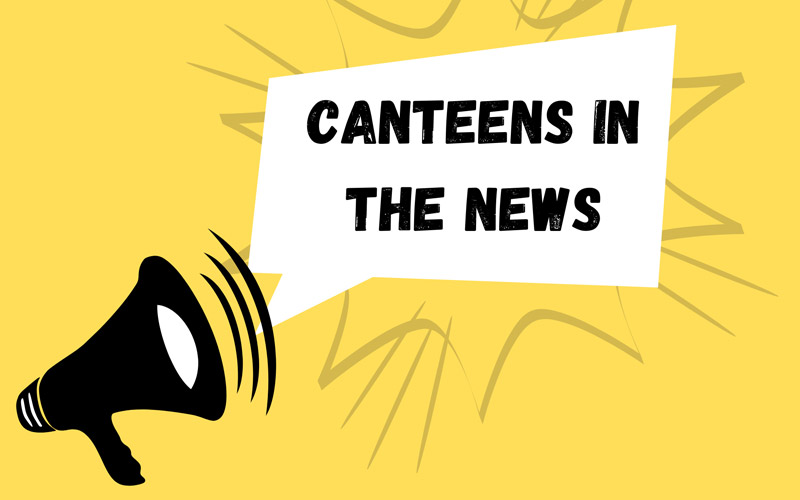
When canteen stories make the news we will keep you up to date by providing a direct link to the story.
Check them out below:
- Food truck business staffed by asylum seekers breathes new life into school canteen – Warwick Senior High School – published 13 January 2022
- WASCA presented at the Public Health Association of Australia Conference Perth, 10-12 May 2021. The title of the presentation was, Canteens: from crisis to opportunity, the abstract submitted and subsequent video covers the way Canteens and P&Cs managed during the COVID-19 pandemic of 2020. Watch the pre-recorded PHAA video
- Small grants making a positive impact in sport clubs across the State – Media Statement published 17 June 2020, WA Government
- School canteen celebrates 200,000th cheesie – published 17 October 2019, Canning Times
- Local Schools Community Fund – Australian Government to provide funding for local schools for small scale projects
- Naomi Putland, Canteen Supervisor at Highgate Primary makes the front page with ‘Vollie Drought Hits Tuckshops’ – published 13 June, The Perth Voice
- Carmel School in Dianella to grow kitchen garden – published 23 April 2019, Eastern Reporter, Community News
- Woodvale Secondary College canteen turns corner with chefs – published 22 November 2018, Joondalup Times
- Stakeholder perceptions of a school food policy ten years on – Public Health Nutrition, 27 November 2017
- Winterfold Primary School has the healthiest school canteen in WA – published 4 February 2018 , Perth Now
- See the feature on school kitchen gardens in the Australian Education Reporter – published 15 February 2018
- Packing a healthy lunchbox is good for your health and good for your budget!
- ‘Making healthy eating cool for school in Orange‘ – Canobolas Rural Technology High School – published 14 April 2016, source ABC News
- How the humble school canteen became a model of healthy living – published 21 April 2017, The Canberra Times
- Lean, green meals prove right recipe for school – Samson Primary School – published 20 April 2017, The West Australian
- Results from the 2009 Healthy Food and Drink Survey, conducted by UWA and Curtin University

